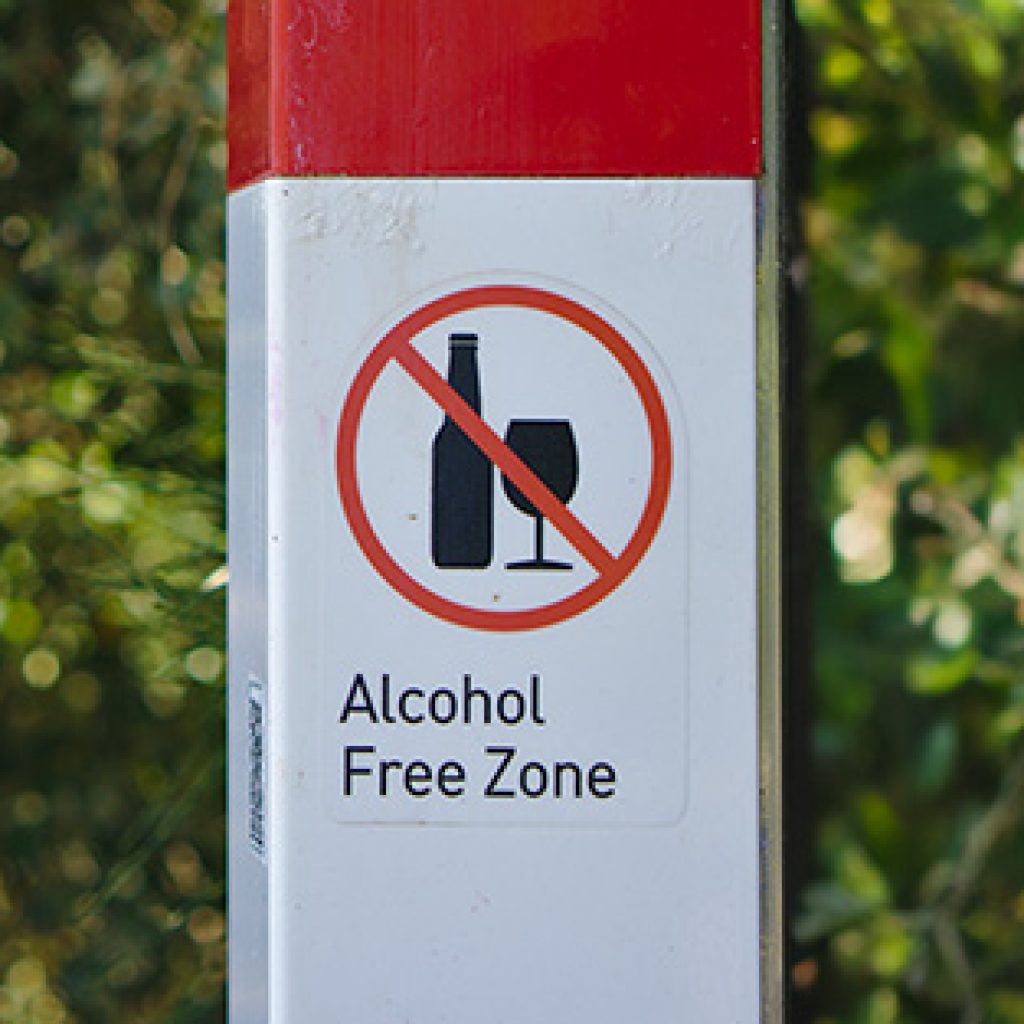15 Important Steps for Creating Behavioral Health Equity
15 Important Steps for Creating Behavioral Health Equity
Major gaps exist in mental health when it comes to promoting health equity. Let’s look for a moment at the definitions of health equity and health disparity. Health Equity is defined as the “attainment of the highest level of health for all people. Achieving health equity requires valuing everyone equally with focused and ongoing societal efforts to address avoidable inequalities, historical and contemporary injustices, and the elimination of health and health care disparities” (U.S. Department of Health and Human Services, 2014).
Healthy People 2020 defines health disparity as “a particular type of health difference that is closely linked with social, economic, and/or environmental disadvantage. Health disparities adversely affect groups of people who have systematically experienced greater obstacles to health based on their racial or ethnic group; religion; socioeconomic status; gender; age; mental health; cognitive, sensory, or physical disability; sexual orientation or gender identity; geographic location; or other characteristics historically linked to discrimination or exclusion” (U.S. Department of Health and Human Services, 2014).
Paula Braverman (2014) describes how health equity and health disparities are intertwined. She states, “Health equity means social justice in health (i.e., no one is denied the possibility to be healthy for belonging to a group that has historically been economically/socially disadvantaged). Health disparities are the metric we use to measure progress toward achieving health equity. A reduction in health disparities (in absolute and relative terms) is evidence that we are moving toward greater health equity.”
One important way to address health equity is to address mental health. Thus, SAMHSA describes Behavioral Health Equity, which is the right to access quality behavioral health care for all populations regardless of the individual’s race, ethnicity, gender, socioeconomic status, sexual orientation, or geographical location. This includes access to prevention, treatment, and recovery services for mental and substance use disorders. Behavioral health equity is a critical component of promoting health equity for all.
Within racial and ethnic minorities, there continues to be mental health disparities, as mental health is frequently un-addressed, un-diagnosed, under-diagnosed, or mis-diagnosed for cultural, linguistic, or historical reasons (American Psychological Association, 2017). The Division of Diversity and Health Equity, et al. (2017) describe that most racial/ethnic minority groups have similar (or in some cases fewer) mental health disorders than whites. For example, rates of depression are lower in blacks (24.6%) and Hispanics (19.6%) than in whites (34.7%). However, depression in blacks and Hispanics is likely to be more persistent, and the consequences of mental health disorders in minorities tends to be long lasting as ethnic/racial minorities have higher rates of disability from mental disorders. People who identify as being two or more races are more likely to report ANY mental illness within the past year than any other race/ethnic group (24.9%), followed by American Indian/Alaska Natives (22.7%), white (19%), and black (16.8%). In addition, people from racial/ethnic minority groups are less likely to receive mental health care. For example, in 2015, among adults with any mental illness, 48% of whites received mental health services, compared with 31% of blacks and Hispanics, and 22% of Asians (Division of Diversity and Health Equity et al., 2017)
Mental health disparities stem from many different factors which include:
- Lack of access to mental health services.
- Provider shortages.
- Lack of insurance coverage or adequate coverage (i.e., high deductibles and co-pays that make it difficult to afford).
- Logistical barriers (i.e., taking time off work, securing childcare, transportation).
- Cultural stigma.
- The belief that treatment doesn’t work.
- Overall lack of awareness about mental health.
- Linguistic and cultural differences which result in communication breakdown with providers.
- A mental health system weighted heavily towards non-minority values and culture norms.
- Racism, bias, and discrimination in treatment settings.
Closing the mental health disparities gap, is an important step for creating health equity. In order to help close the gap the following are critical steps:
- Address the social determinants of health (i.e., employment, housing, insurance status, access to care) as part of care planning (Nursing at University of Southern California, 2020).
- Promote active listening and motivational interviewing to ensure minority patients’ feel safe and understood (Nursing at University of Southern California, 2020).
- Be a champion in your community about the importance of behavioral health equity and share information with others about the importance of access to care for all (Shushansky, L., 2017).
- Contact legislators to raise awareness and advocate for improved access to mental health services (Shushansky, L., 2017).
- Be open, curious, and willing to learn from minority communities (Shushansky, L., 2017).
- Encourage mental health organizations to include minorities on staff and boards of directors (Shushansky, L., 2017).
- Address stigma through culturally relevant public health campaigns, education, and awareness (Nursing at University of Southern California, 2020).
- Develop partnerships among physicians, behavioral health providers, educators, community leaders, government agencies, and families to ensure culturally and linguistically competent prevention, early intervention, and treatment programs (American Psychological Association, 2017).
- Increase the availability and access of culturally and linguistically competent behavioral health services (American Psychological Association, 2017).
- Develop and implement mental health policy and prevention programs that are culturally and linguistically informed and evidence-based (American Psychological Association, 2017).
- Ensure primary care providers and family nurse practitioners are culturally competent and screen patients for mental disorder, as they serve as a key resource for referral (Nursing at University of Southern California, 2020).
- Increase research examining the complexities and intersections of multiple statuses/identities (i.e., socioeconomic status, disability, and immigrant status) and how they may contribute to psychological health (American Psychological Association, 2017).
- Increase funding for training behavioral health professionals to become culturally and linguistically competent (American Psychological Association, 2017).
- Advocate for funding (local, state, and national) to incorporate culturally and linguistically competent guidelines into proposals (American Psychological Association, 2017).
- Increase funding and collaboration for racial and ethnic minority resiliency research (American Psychological Association, 2017).
Behavioral health equity is not something that can be achieved overnight. It requires everyone to pull together and address mental health disparities, so that we can move towards better mental health for all. Each one of us can make a difference.
Your Turn: What step are you willing to commit to promote behavioral health equity?
Ready to Learn More?
Join us for our upcoming LIVE webinar that will further explore the Social Determinants of Mental Health
Within this webinar, you will examine the social determinants of mental health, and the interacting forces that help shape individual and population-level mental health and well-being. We’ll discuss the key messages and actions to reduce the risk of mental, emotional and behavioral disorders proposed by the World Health Organization and other additional resources.
Continuing Education Units: This training is approved for 3 CEUs by the following professional organizations:
Presenter: Julie Stevens MPS, ACPS, ICPS
Additional resources may be found on the CASAT OnDemand Resources & Downloads page.
This article was developed by Heather Haslem, M.S. Feel free to use, link to, or distribute this information. A link to our site and attribution would be much appreciated.
References:
American Psychological Association. (2017). Disparities in mental health status and Mental Health Care. American Psychological Association. Retrieved February 2, 2022, from https://www.apa.org/advocacy/health-disparities/health-care-reform
Braveman, P. (2014). What Are Health Disparities and Health Equity? We Need to Be Clear. Public Health Reports, 129, 5–8. https://doi.org/10.1177/00333549141291s203
Division of Diversity and Health Equity and Division of Communications and reviewed by the Council on Minority Mental Health and Health Disparities. (2017). Mental Health Facts for Diverse Populations. Mental health disparities: Diverse populations. Retrieved February 2, 2022, from https://www.psychiatry.org/psychiatrists/cultural-competency/education/mental-health-facts
Nursing at University of Southern California. (2020). Understanding Barriers to Minority Mental Health Care. University of Southern California . Retrieved February 2, 2022, from https://nursing.usc.edu/blog/discrimination-bad-health-minority-mental-healthcare/
Shushansky, L. (2017). Disparities within minority mental health care. NAMI. Retrieved February 2, 2022, from https://www.nami.org/Blogs/NAMI-Blog/July-2017/Disparities-Within-Minority-Mental-Health-Care
Substance Abuse and Mental Health Services Administration. (2021). Behavioral Health Equity. SAMHSA. Retrieved February 3, 2022, from https://www.samhsa.gov/behavioral-health-equity
U.S. Department of Health and Human Services. (2014). Disparities. Disparities | Healthy People 2020. Retrieved February 3, 2022, from https://www.healthypeople.gov/2020/about/foundation-health-measures/Disparities
Blog Post Tags:
Related Blog Posts
Related Learning Labs
Related Resources
.
- Buscar Tratamiento de Calidad para Trastornos de uso de Sustancia (Finding Quality Treatment for Substance Use Disorders Spanish Version)
- Finding Quality Treatment for Substance Use Disorders
- Focus On Prevention: Strategies and Programs to Prevent Substance Use
- Monthly Variation in Substance Use Initiation Among Full-Time College Students
- The National Survey on Drug Use and Health (NSDUH) Report: Monthly Variation in Substance Use Initiation Among Adolescents








